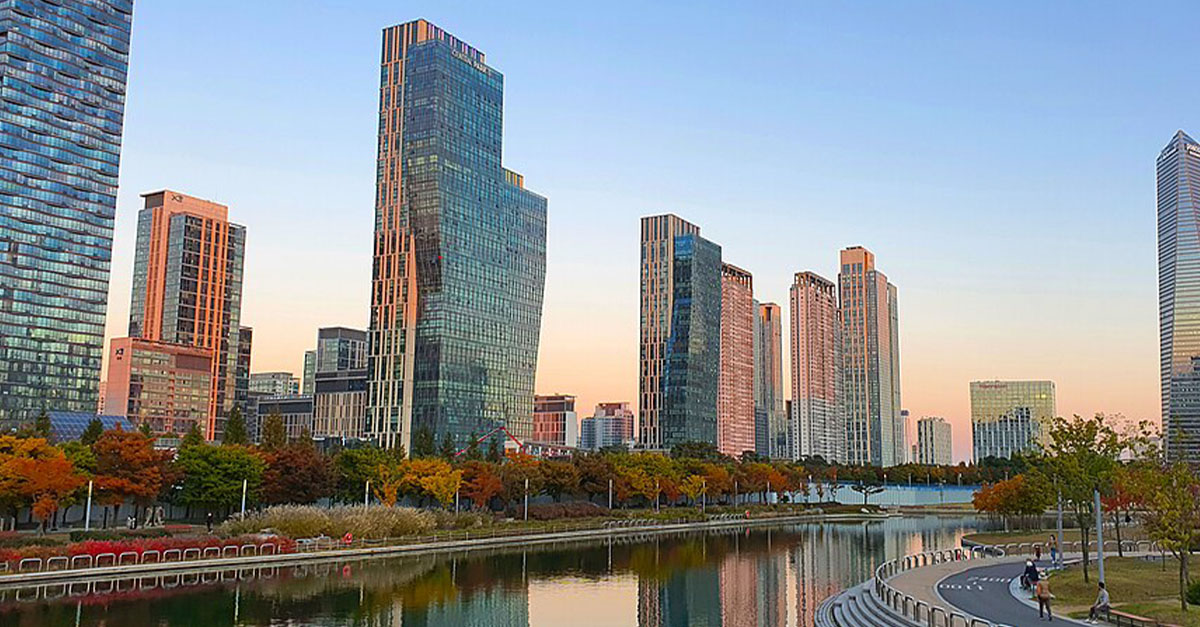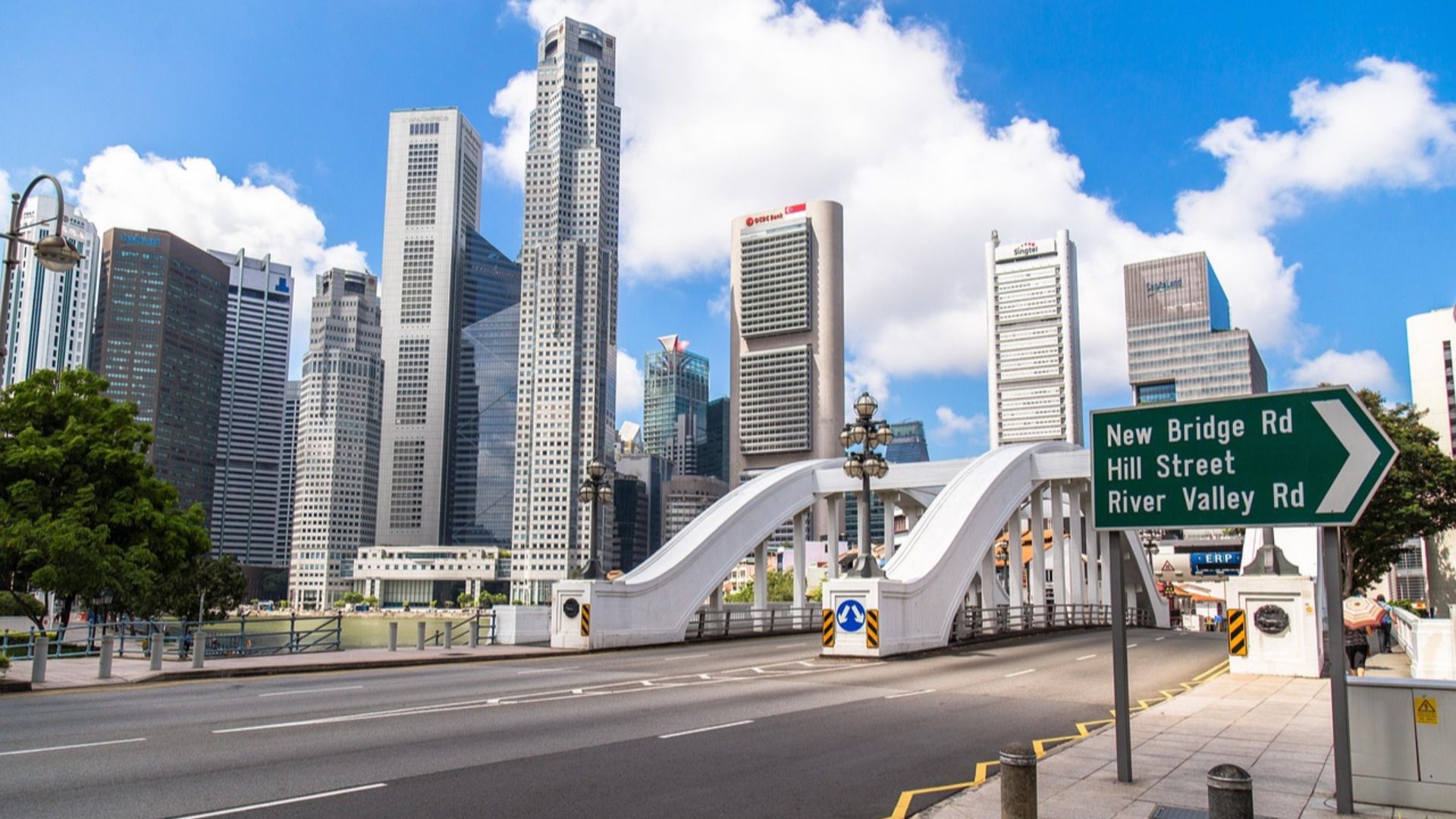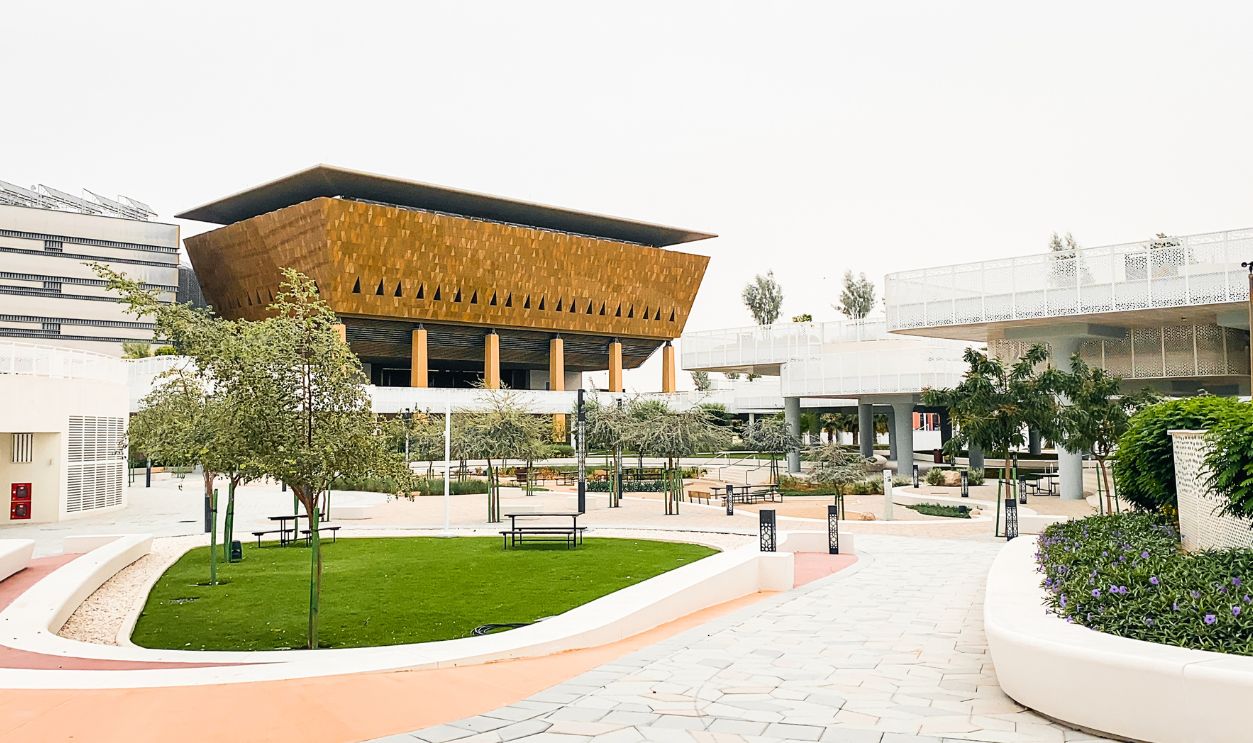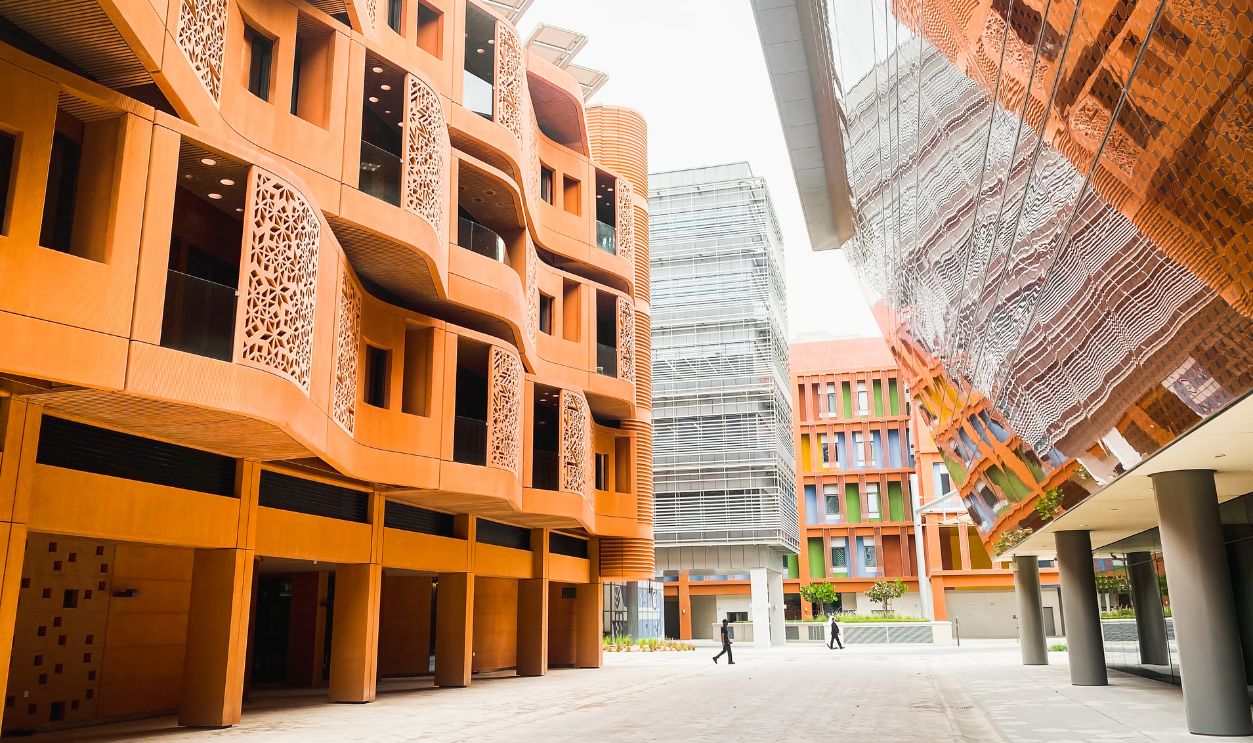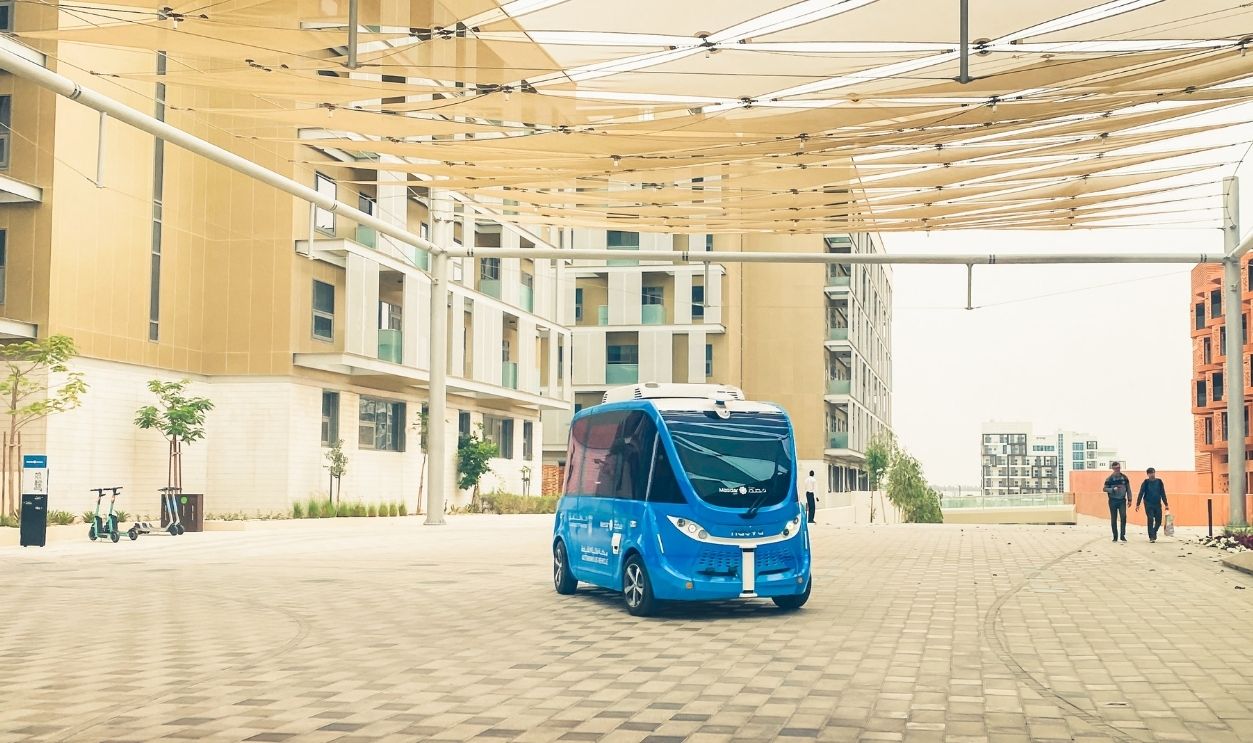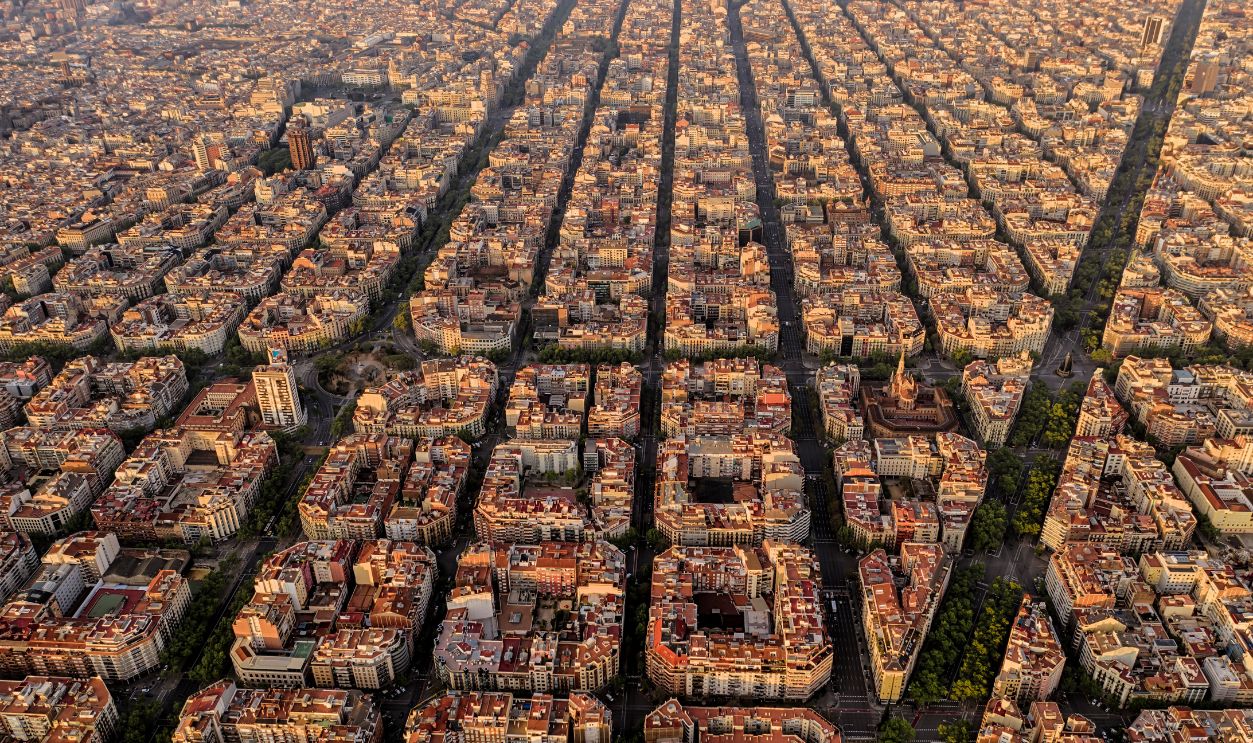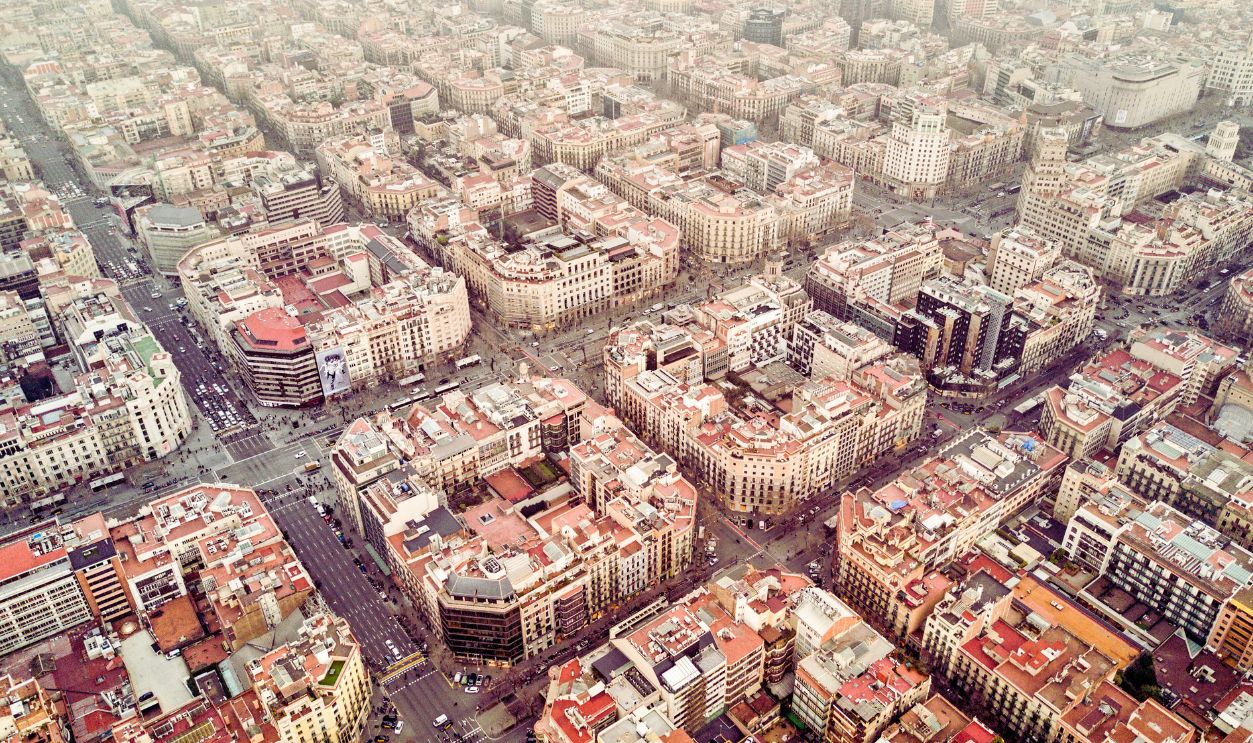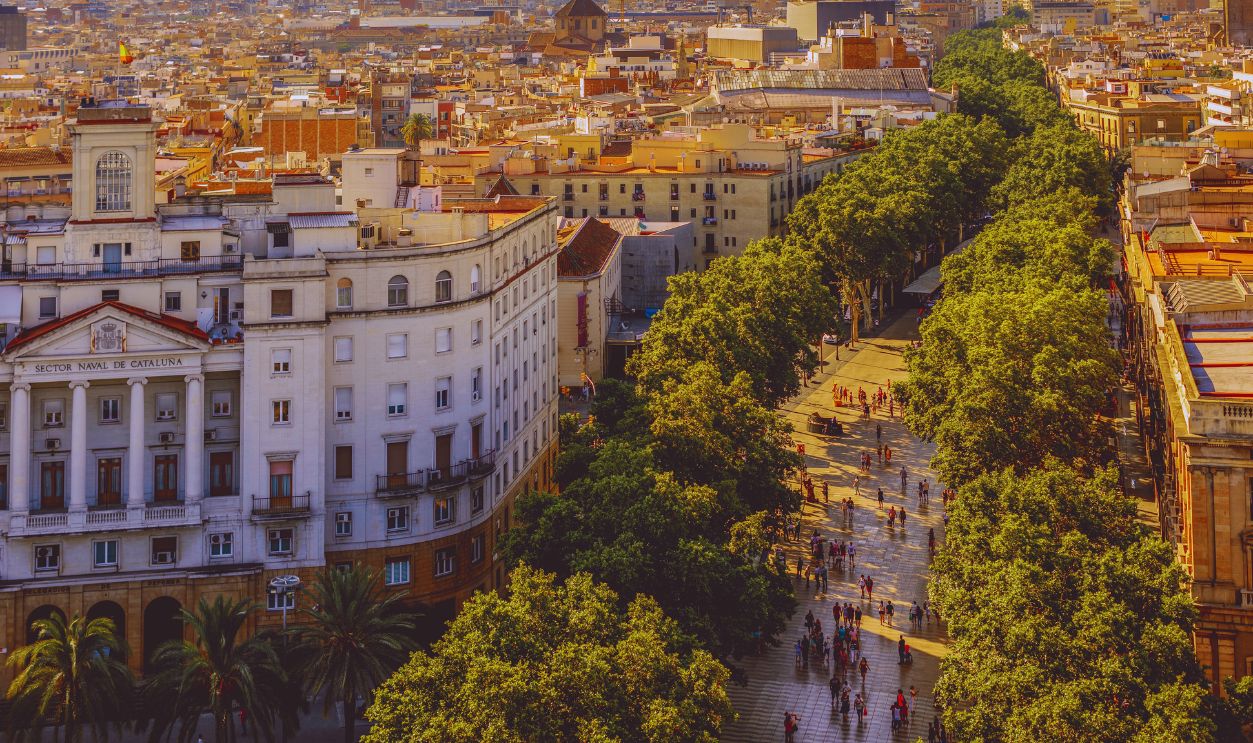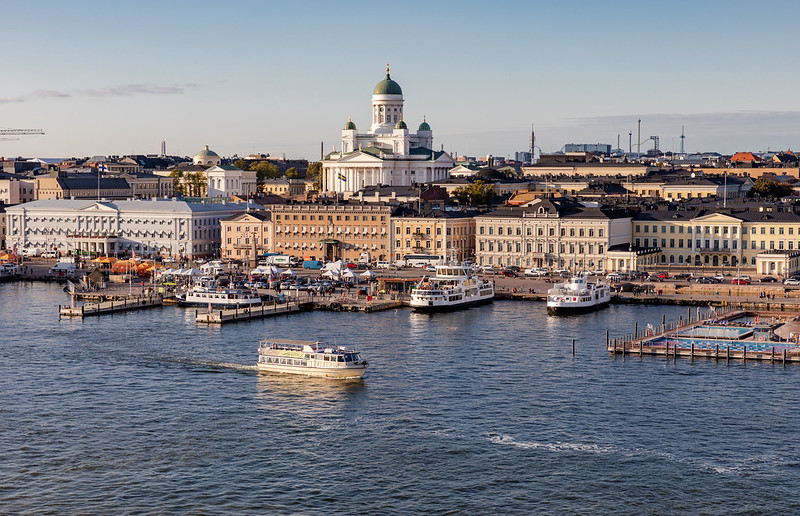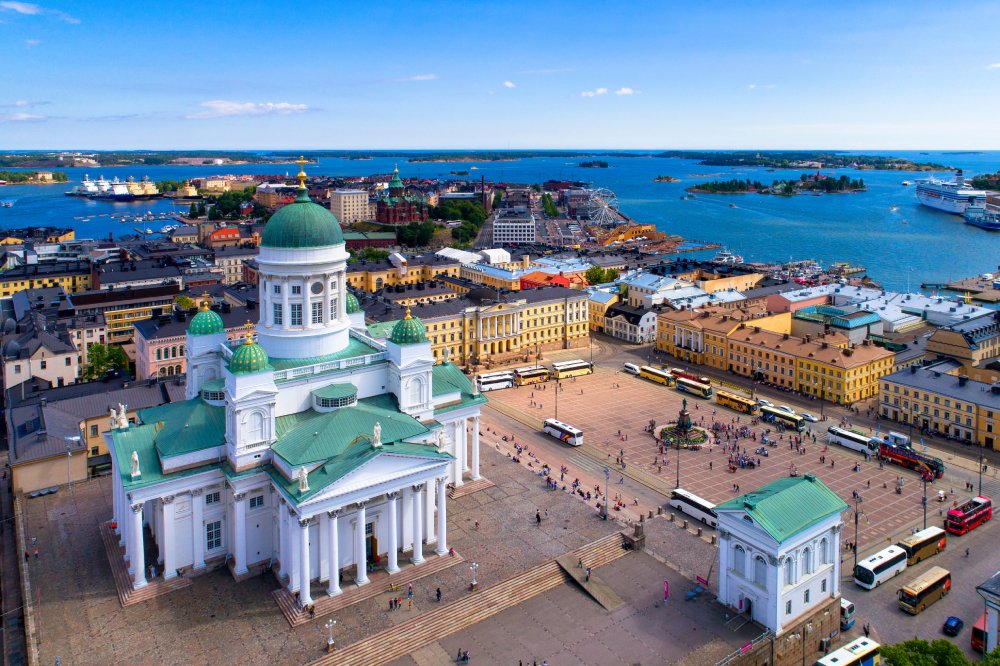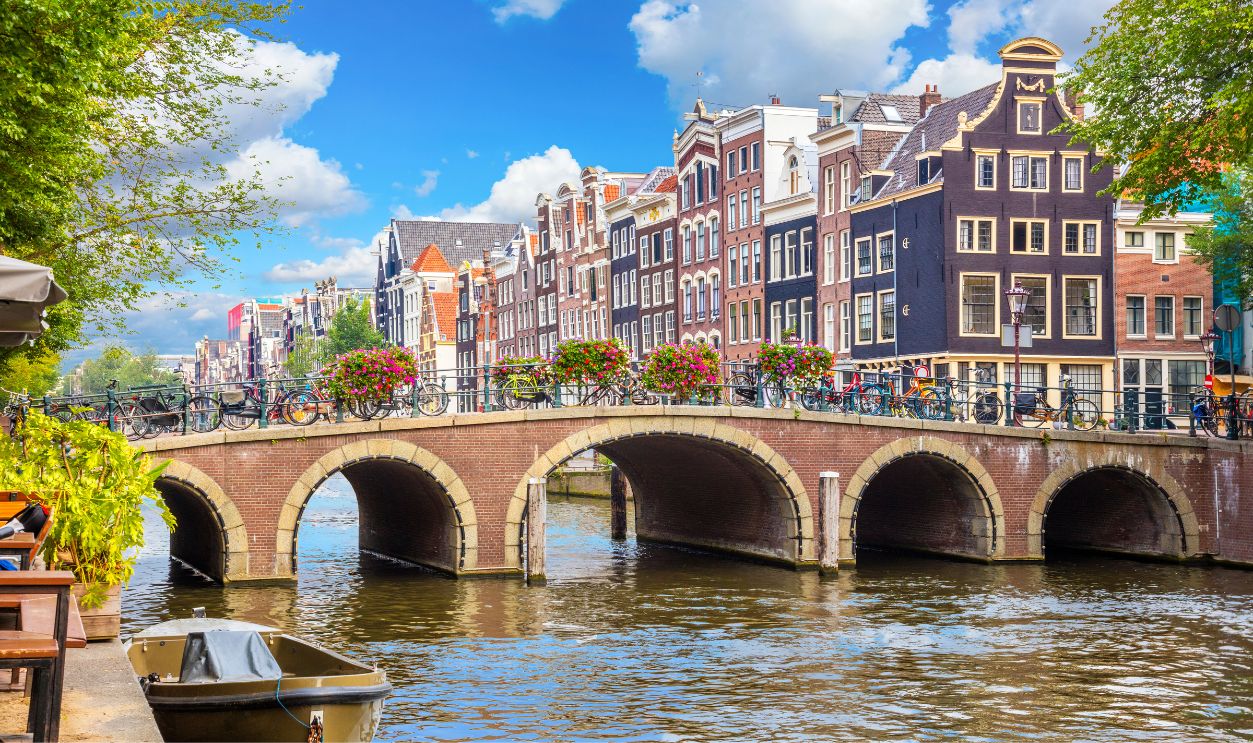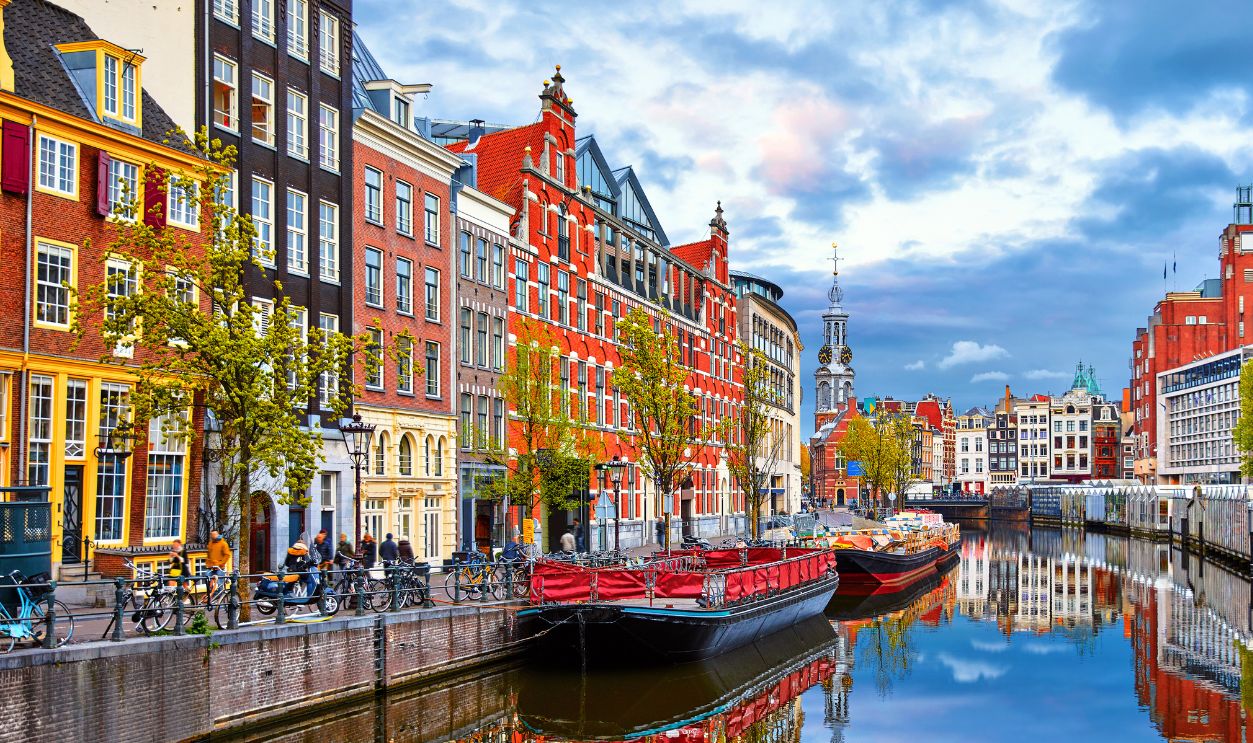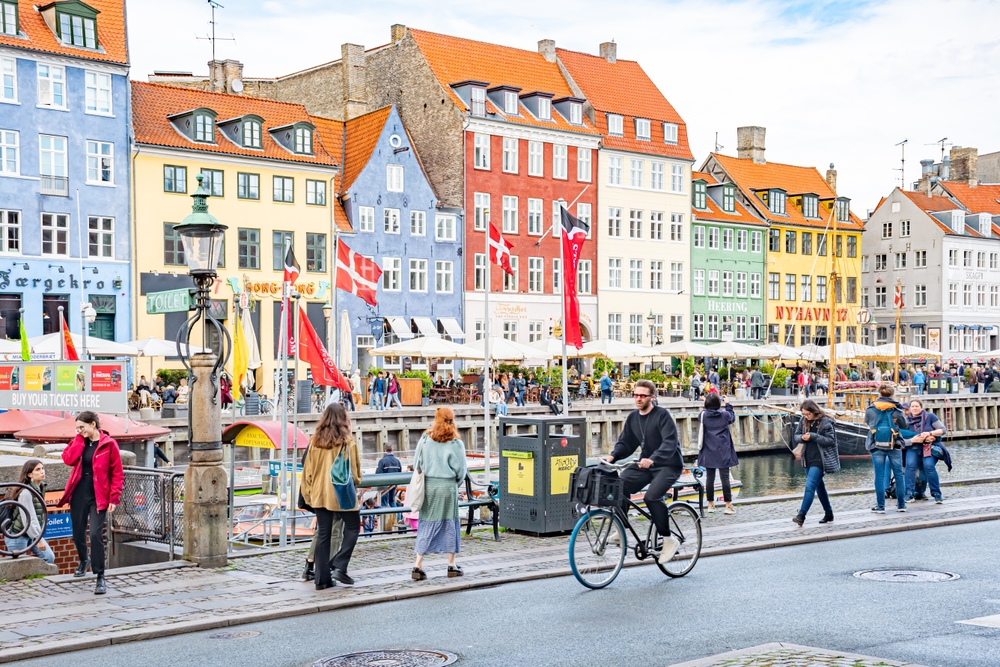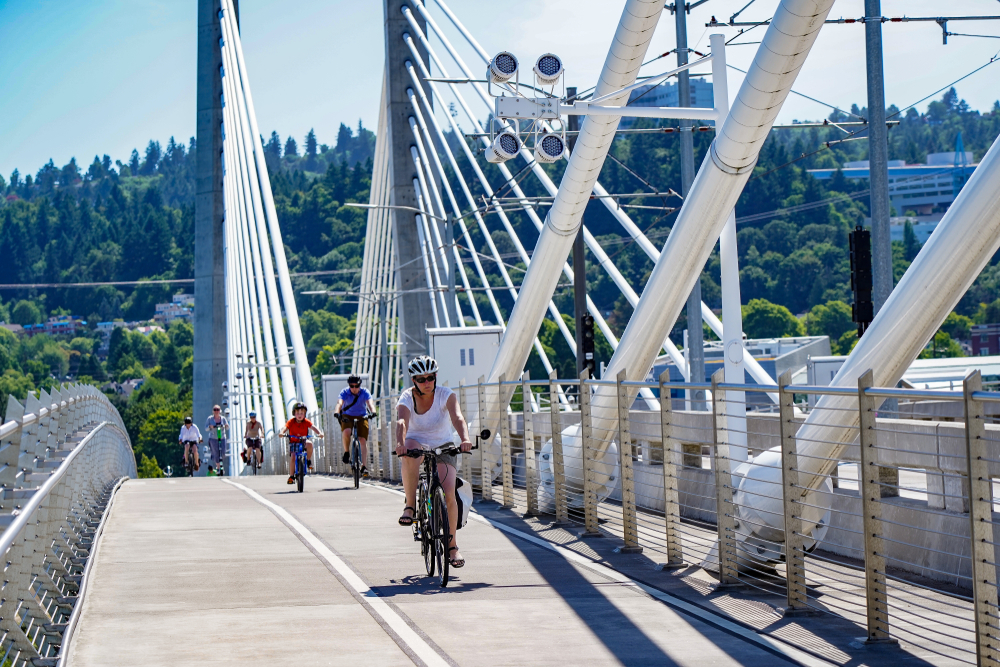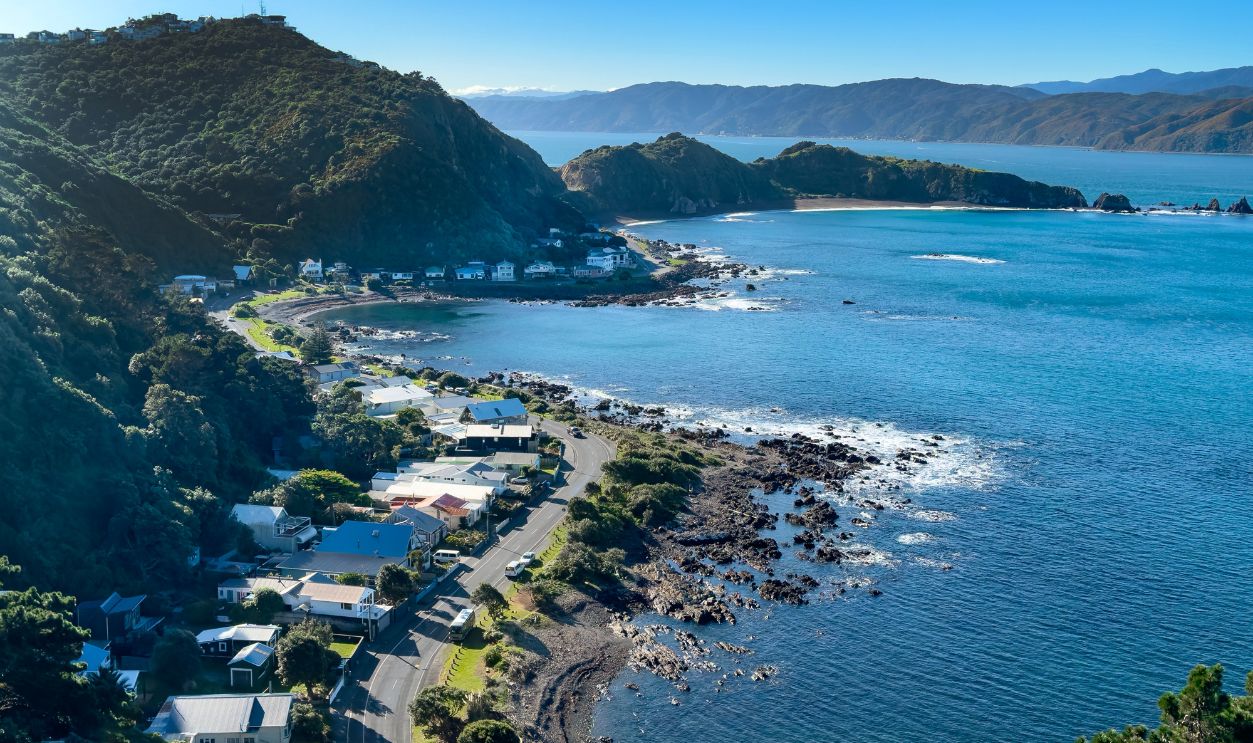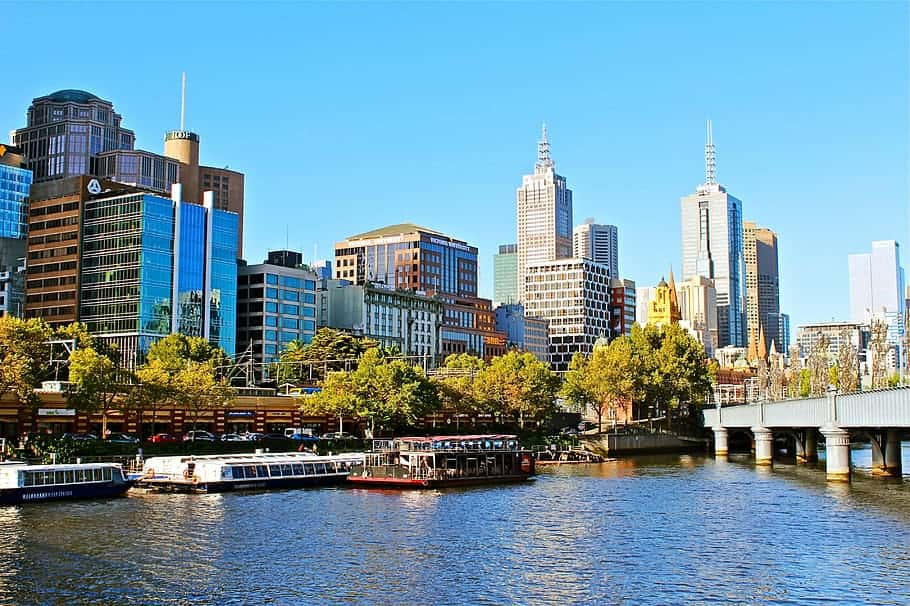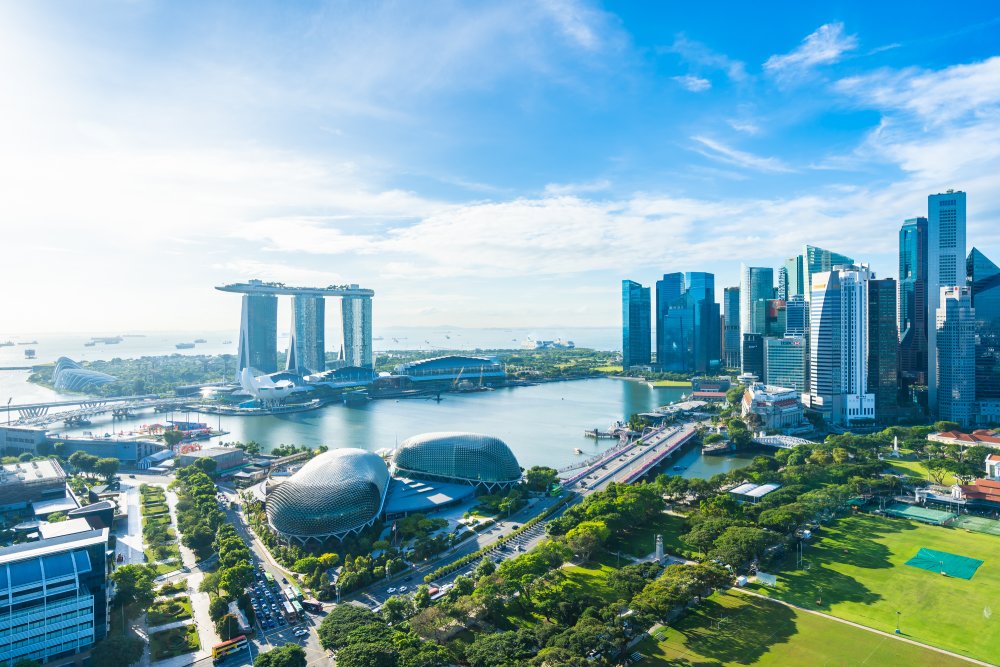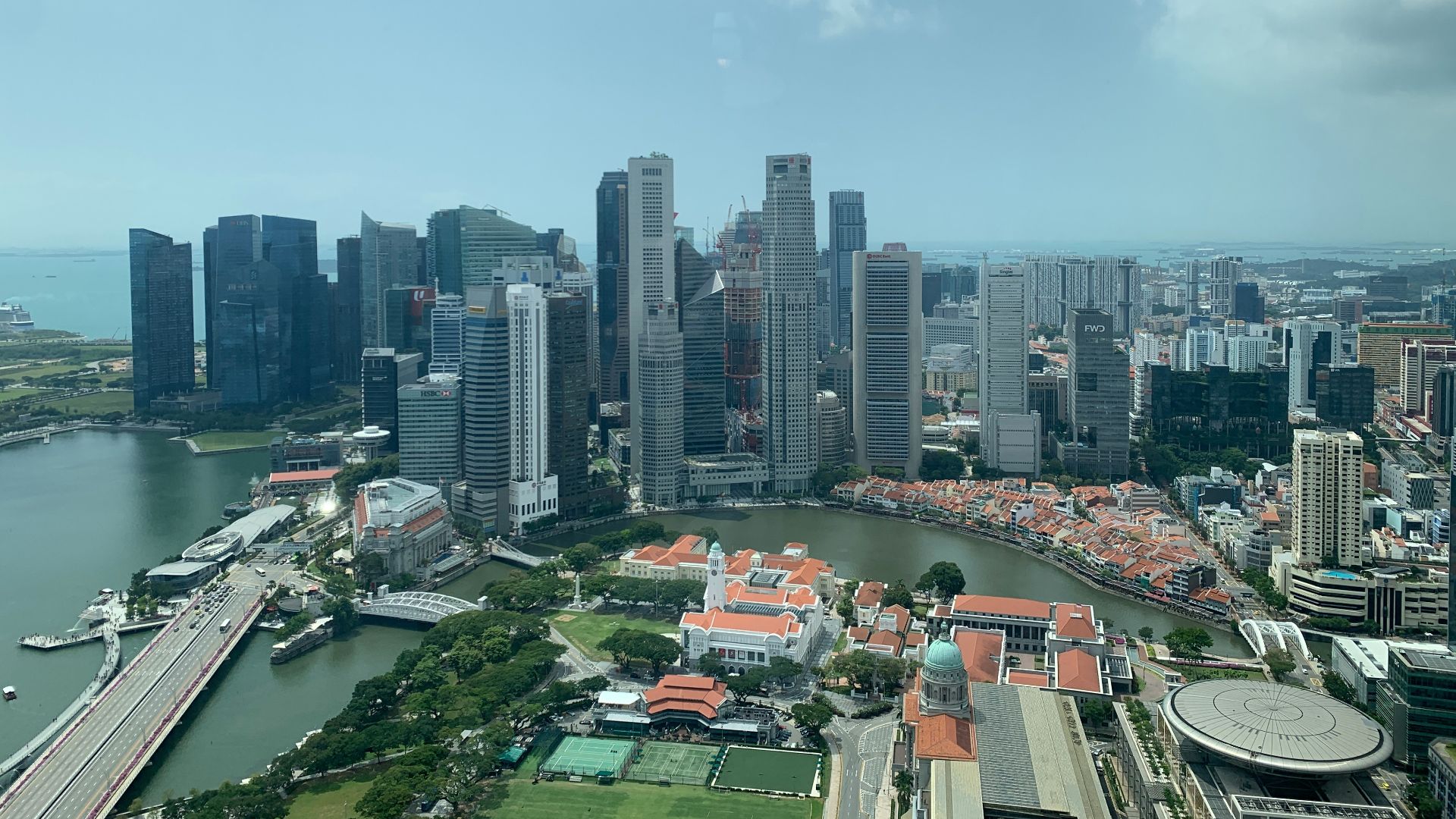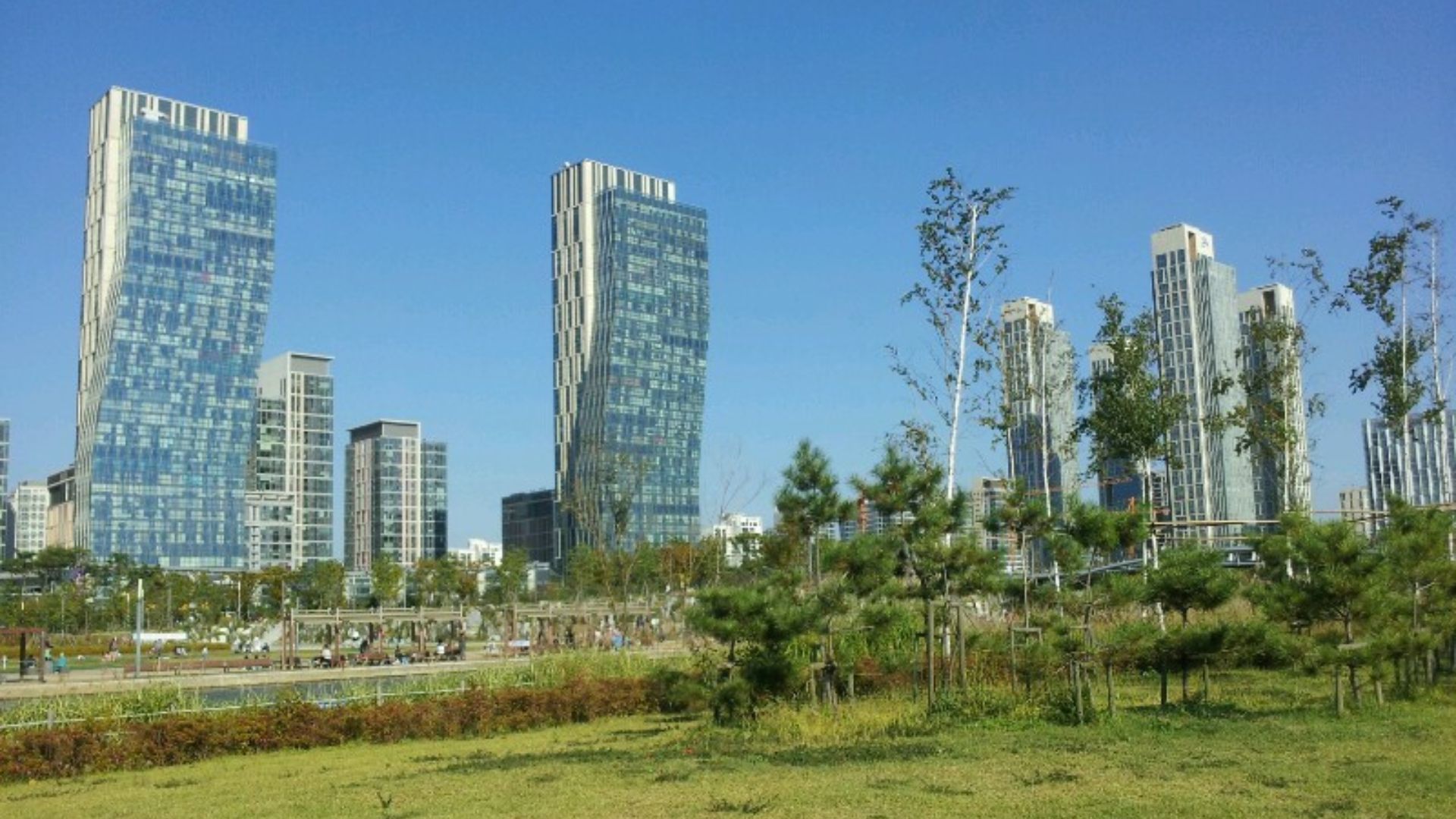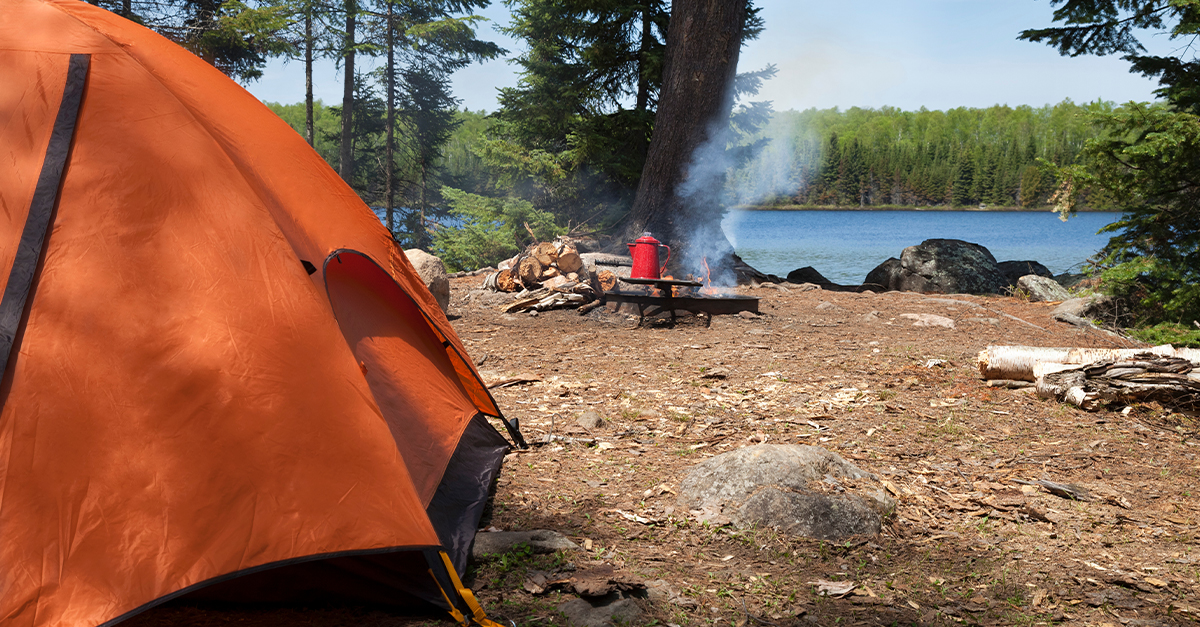Cities That Are Leading The Way In Sustainable Growth
Cities exist for many reasons, but there are crucial factors for the placement and growth of cities. The existence of natural resources, strategic and economic opportunities, and political considerations are the key aspects of how and why a city will exist and grow in a certain area—and the cities on this list are changing our view of cities everywhere.
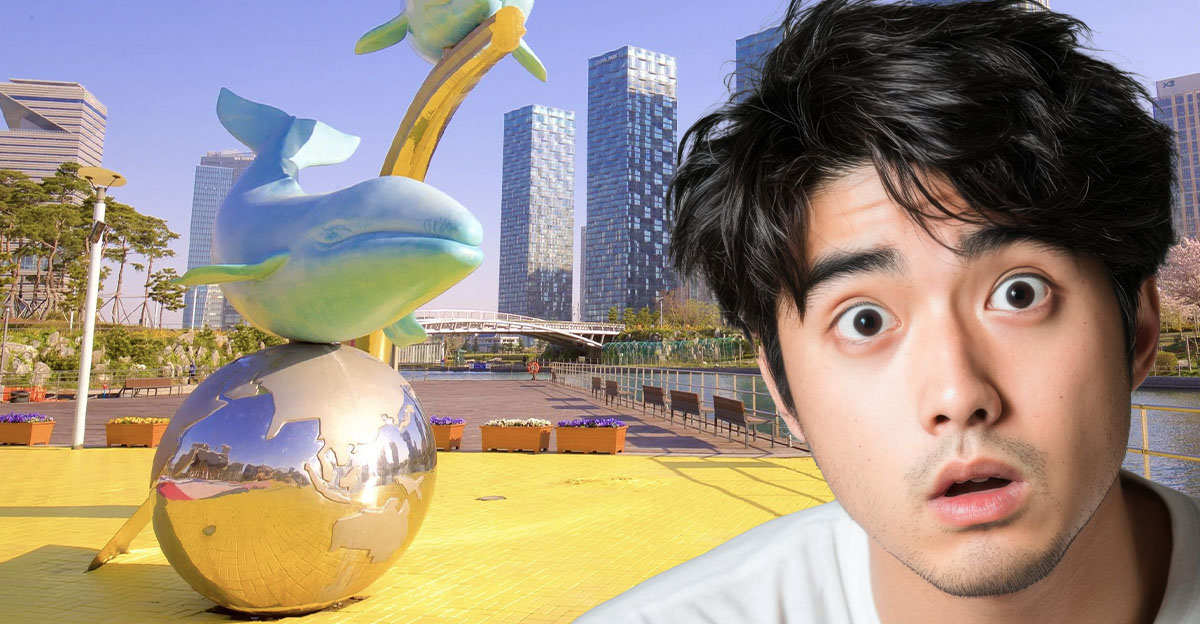
The Growth Of Cities
Cities can grow organically over a long period of time, expanding as the needs present themselves. Urban planning has been a part of the development of cities for millennia, as people strive for better and more logical designs for cities. Crucial aspects of urban planning today include livability and adequate work-home balance, ease of travel, and sustainability. Advanced uses of available resources are all part of urban planning today.
The Growth Of Cities
With a growing focus on green urbanization, advanced transportation infrastructures, and intuitive planning of streets and spaces within the city, urban planning of cities has shifted over the past 50 years. Here are some cities that take urban planning seriously, making their spaces work for residents and businesses.
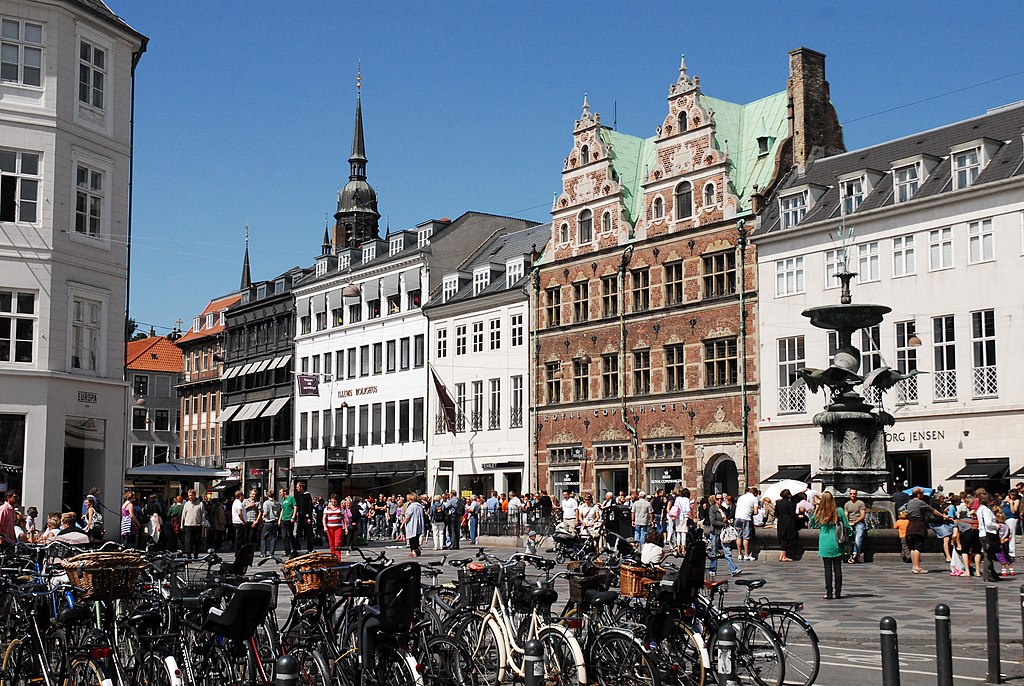 Mstyslav Chernov, CC BY-SA 3.0, Wikimedia Commons
Mstyslav Chernov, CC BY-SA 3.0, Wikimedia Commons
Masdar City, UAE
This city in the United Arab Emirates stands out for its forward-thinking in urban planning. The city is designed with an eye towards renewable energy, something that may come as a surprise considering the UAE’s primary wealth comes from oil.
Masdar City, UAE
Masdar City has been planned to minimize environmental impact. As well, unlike other cities in the area, sustainable architecture is an important focus. Solar power is incorporated throughout the city, as is the use of wind energy.
Masdar City, UAE
The city also utilizes traditional cooling techniques in its architecture to minimize the use of energy for cooling. Because of its hot desert climate, the streets are narrow to lower temperatures. Vehicles in the city are primarily electric or automated in order to reduce emissions.
Masdar City, UAE
The city’s layout emphasizes pedestrian traffic to limit the use of cars. This again may be surprising, particularly in comparison to another UAE city, Dubai, where car traffic is prioritized. While Dubai has been criticized for its emphasis on foreign money and spectacular architecture, Masdar City is proving to be a leader in green technologies and urban development in arid climates.
Curitiba, Brazil
Curitiba's prime location near cattle-breeding rural areas led to its growth as a market town for the cattle trade. This was the growing city’s first key expansion in the 19th century. In the 1960s, Curitiba expanded further, this time with innovative urban planning.
 mariordo59 from Santo Domingo, Dominican Republic, Wikimedia Commons
mariordo59 from Santo Domingo, Dominican Republic, Wikimedia Commons
Curitiba, Brazil
Curitiba has a very high Human Development Index and is regarded as Brazil’s most livable city. It attracts investment due to its advanced urban planning, low crime rates, and excellent public transportation.
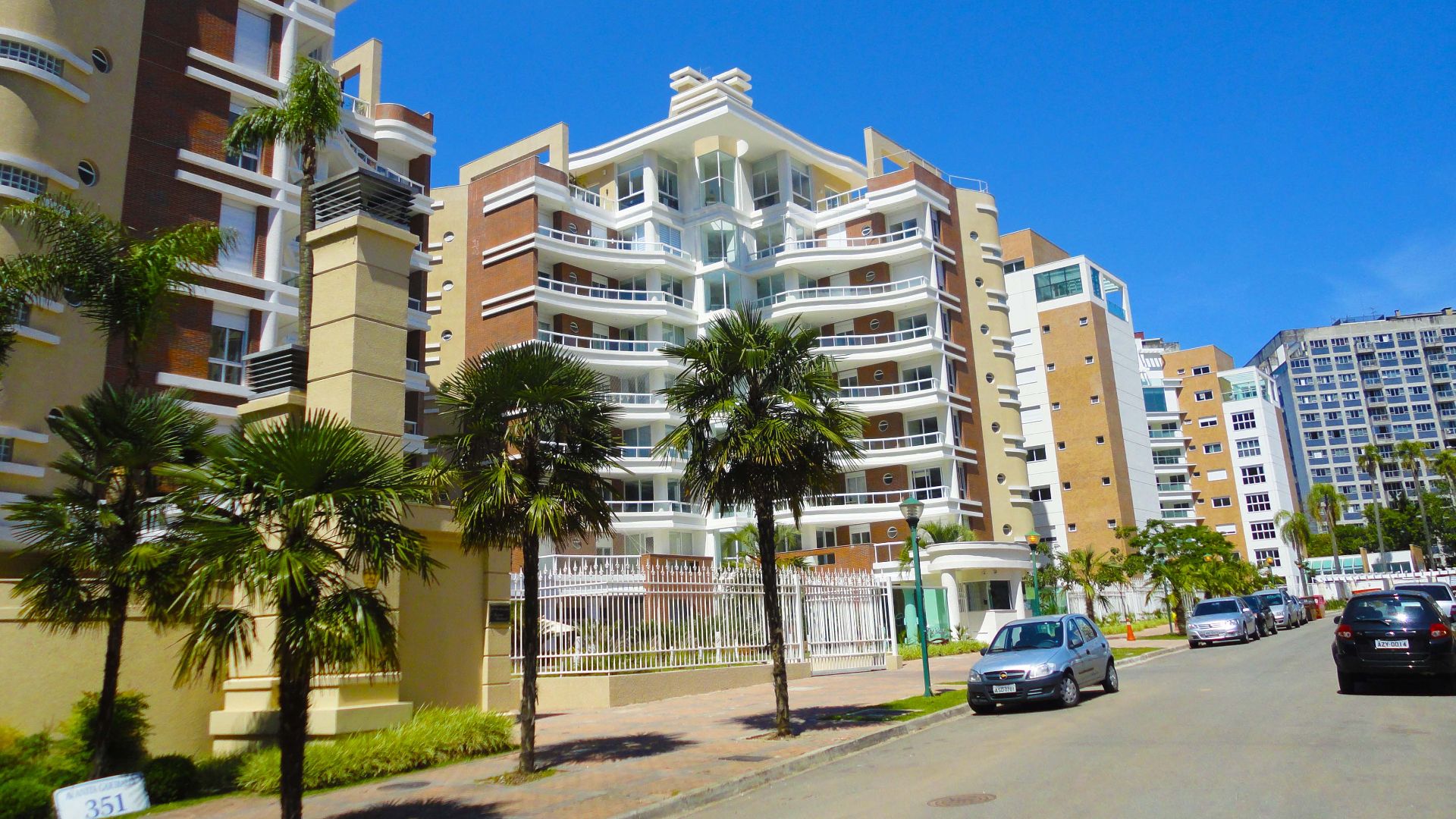 AUGUSTO JANISCKI, Wikimedia Commons
AUGUSTO JANISCKI, Wikimedia Commons
Curitiba, Brazil
Contemporary Curitiba is celebrated for its advanced approach to public transportation. The city pioneered dedicated lanes for its Bus Rapid Transit system. This, in turn, relieved the city of both traffic congestion and air pollution.
Curitiba, Brazil
The city has also emphasized sustainable urban growth. Curitiba’s emphasis on green spaces not only improves the quality of life for residents but also serves as a method of flood control during the heavy rain season. There is an emphasis on mixed land use and making the city walkable and inviting.
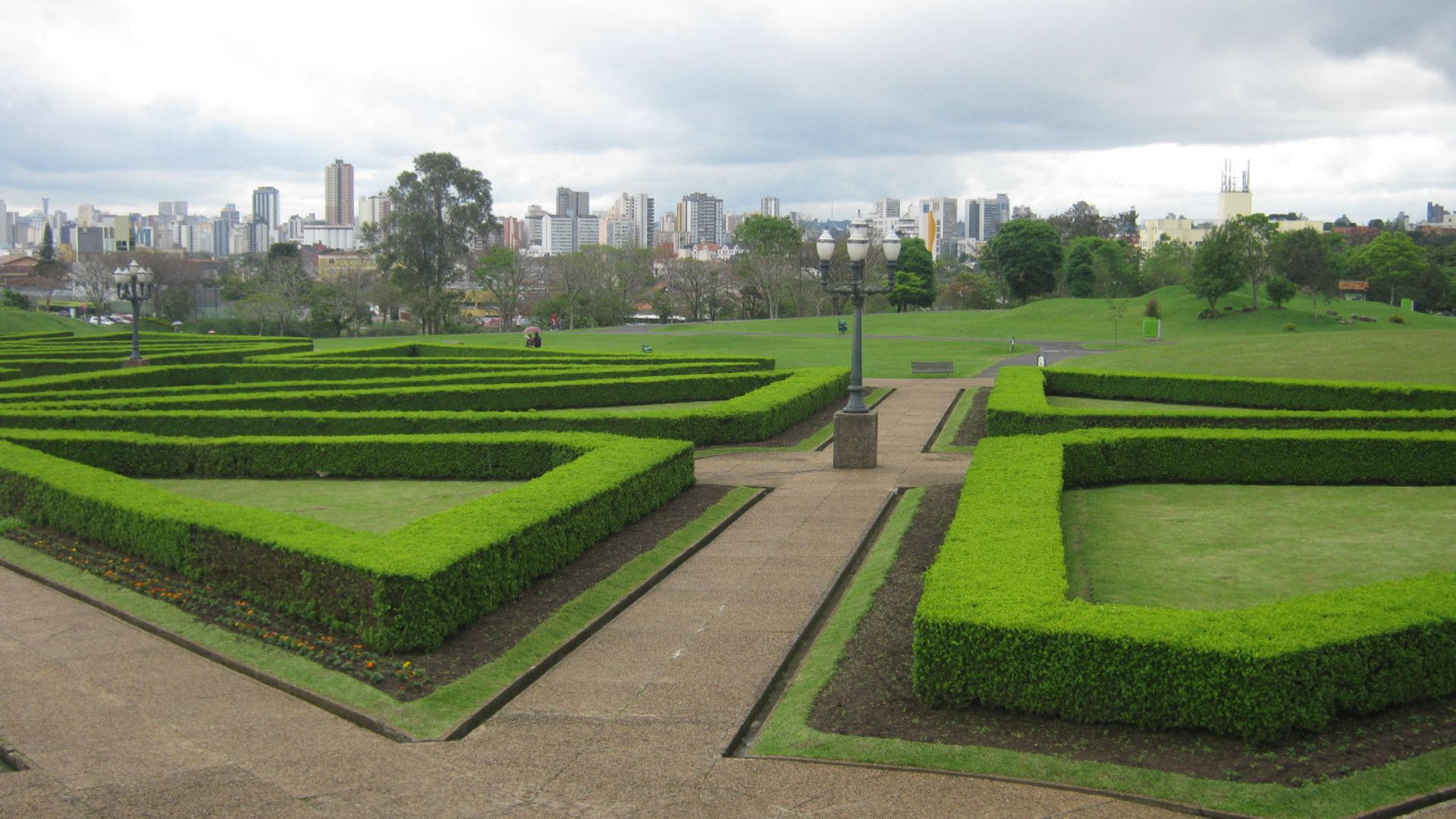 Just a Brazilian man from Brazil, Wikimedia Commons
Just a Brazilian man from Brazil, Wikimedia Commons
Barcelona, Spain
Barcelona’s crucial phase of development was in the 19th century. Engineer Ildefons Cerdà planned a strict grid layout for the Eixample district. Chamfered, or diagonally-cut, blocks feature along the grid at intersections. This aids in the flow and circulation of the city.
Barcelona, Spain
The streets are wide and open, allowing for sunlight penetration, and giving the district an airy feel. Cerdà’s design was revolutionary for its time. It has also been a direct inspiration for many cities since.
Barcelona, Spain
Even in Cerdà’s 19th-century designs, green spaces were emphasized, which encouraged not only outdoor activities but increased socialization. Barcelona’s growth has followed this pattern to some extent and remains a key example of how a city can be planned with thought and focus on human activity.
Helsinki, Finland
Nature is emphasized in Finland’s capital and most populous city. The built environments incorporate parks, waterfronts, and even forests. The city space emphasizes green corridors connecting neighborhoods with nature.
Helsinki, Finland
Outdoor activities are a priority, as is biodiversity. Helsinki is developing into a smart city and, in particular, digital technology is being utilized to improve energy efficiency. Public transit and other public services are increasingly linked to this datasphere.
Helsinki, Finland
As a compact city, Helsinki is already walkable. With a focus on public transit use, car dependency is reduced further. Planning the urban space reflects a commitment to biodiversity, sustainability, and quality of life.
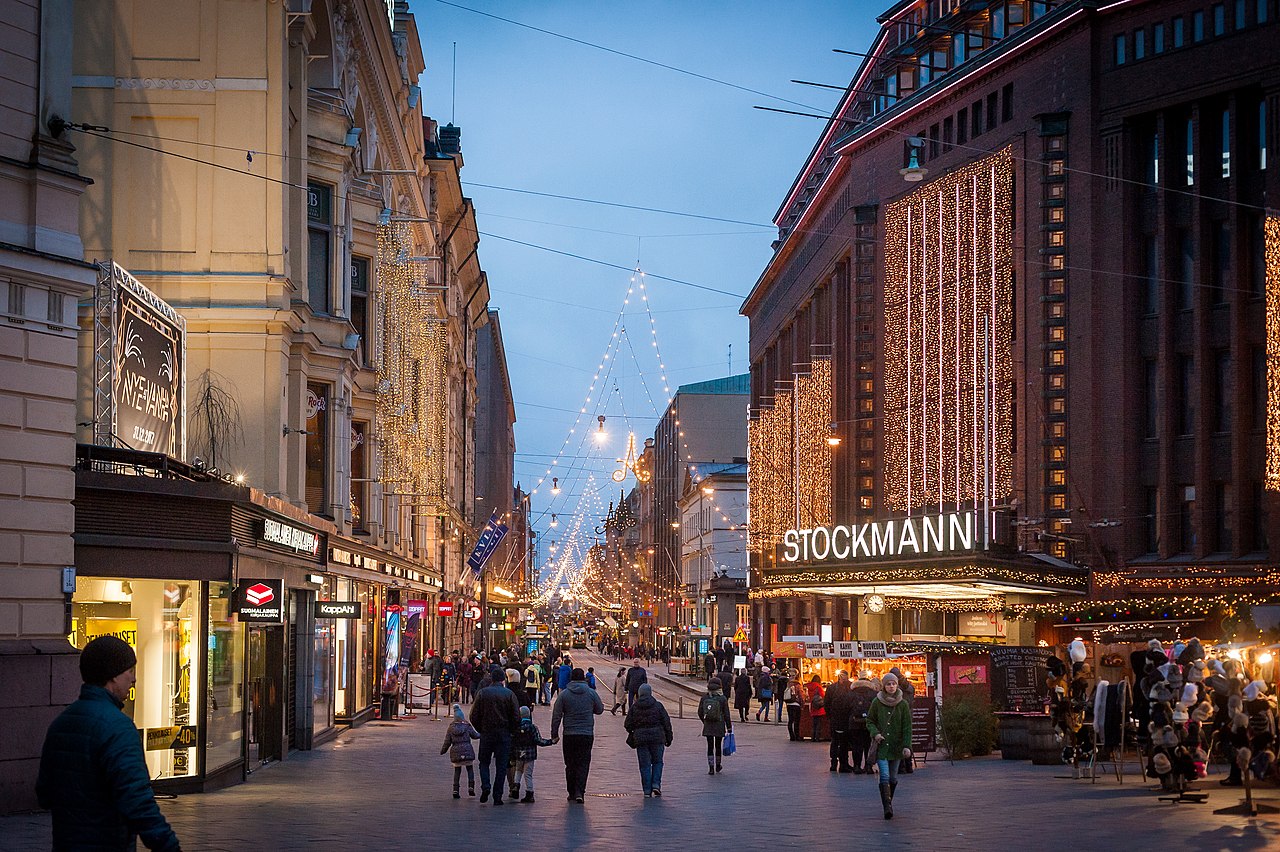 Tuomas Vitikainen, CC BY-SA 4.0,Wikimedia Commons
Tuomas Vitikainen, CC BY-SA 4.0,Wikimedia Commons
Amsterdam, Netherlands
With its iconic canal network defining the shape of the city, the urban layout is part of the necessary flood management for this below-sea-level city in a mostly below-sea-level country. The layout also adds to the city’s visual appeal. Its flat, geometric streets are ideal for bicycles and Amsterdam is very much a bike-friendly city.
Amsterdam, Netherlands
Preservation of historic architecture is crucial, which is balanced by innovative, forward-thinking development and revitalization. A walkable and livable city, with advanced water management and careful urban development, Amsterdam is a model for older historic cities to move into the green future.
Copenhagen, Denmark
Like Amsterdam, Copenhagen is an old, compact city that emphasizes cycling and pedestrian-friendly streets. It has an extensive network of bike lanes that encourages relying less on cars. The impact on the city’s traffic congestion and air quality is significant.
Copenhagen, Denmark
As a small nation, Denmark focuses on renewable energy, especially wind power. The urban planning respects the city’s history while revitalizing the city with expanded green spaces and biodiversity. Copenhagen is committed to carbon neutrality, and this is reflected in the governance of the city.
 Pudelek, CC BY-SA 4.0, Wikimedia Commons
Pudelek, CC BY-SA 4.0, Wikimedia Commons
Portland, Oregon
Portland has a certain image, at least in North America, for the hipster stereotype. What comes with that stereotype, though, is the reality that positive urban life means sustainable growth and urban management.
Portland, Oregon
Key initiatives developed by Portland include an urban growth boundary to limit sprawl, extensive use of bike lanes, and pedestrian-safe streets. The surrounding natural areas are protected, again with the limits of urban sprawl but also through careful custodianship of wild green spaces.
Portland, Oregon
The city boasts an advanced and well-planned light rail system and other forms of public transit connecting neighborhoods. Like all American cities, the car is still dominant, but Portland is increasingly emphasizing alternative transit options to ease those dependent on cars into accepting other methods.
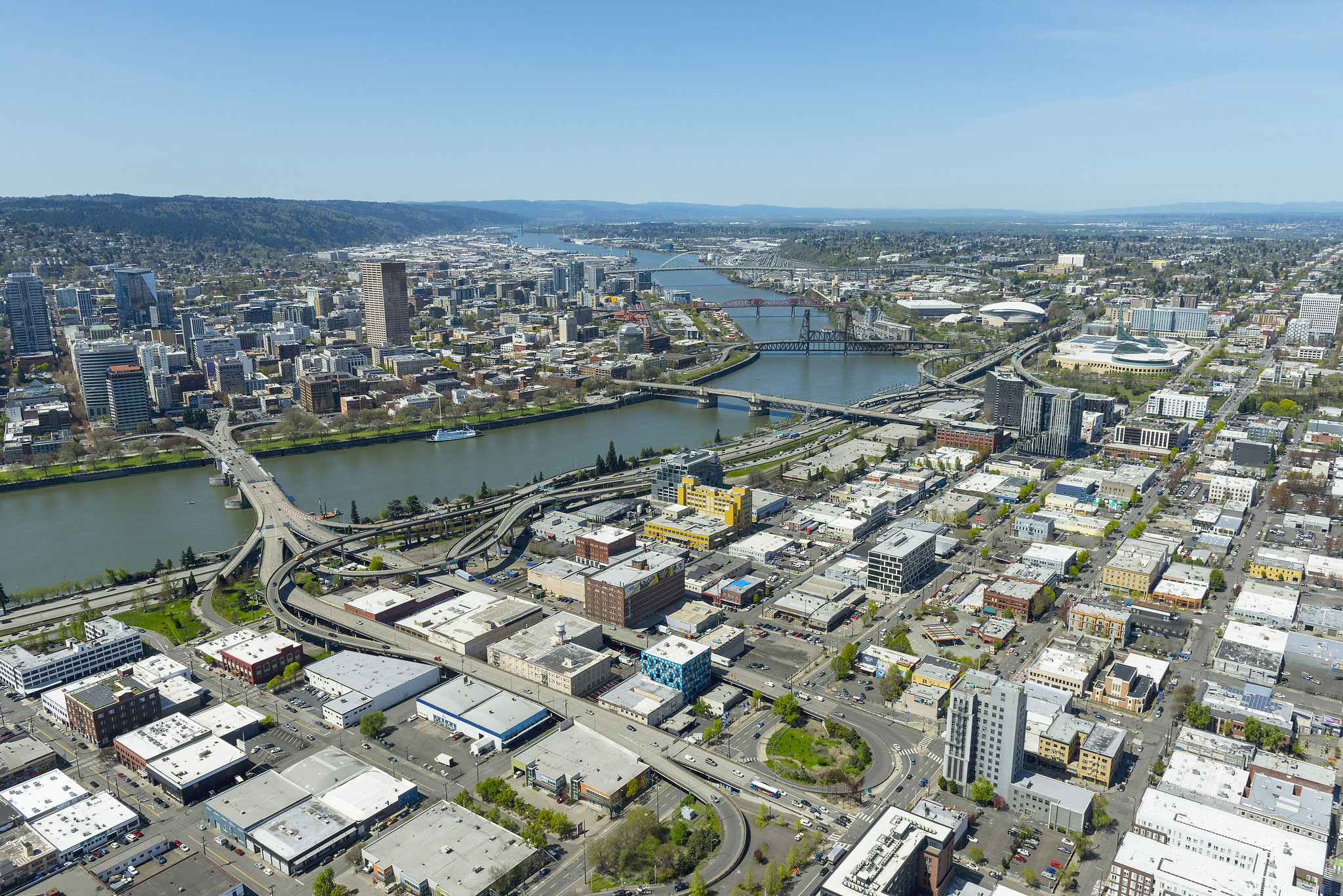 Oregon Department of Transportation, Flickr
Oregon Department of Transportation, Flickr
Portland, Oregon
There has been an investment in green infrastructure with the building of rain gardens and the use of permeable pavements. Further development centers mixed-use features with an emphasis on community and accessibility.
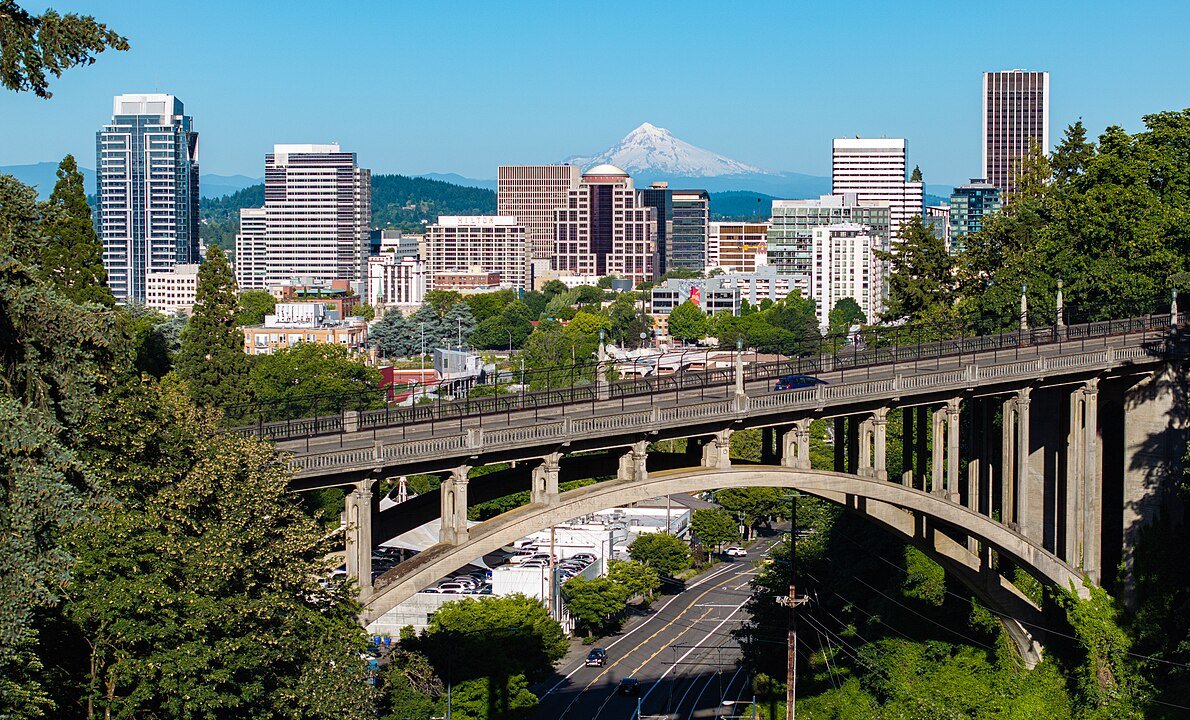 Spicypepper999, Wikimedia Commons
Spicypepper999, Wikimedia Commons
Wellington, New Zealand
A compact city in a small nation, Wellington is a walkable city with easy access to many amenities. As a result, there is less reliance on private vehicles.
Wellington, New Zealand
A hilly landscape lying on the coast, Wellington incorporates the natural into its urban design. Residents have daily contact with outdoor environments not often seen in cities. The public transportation system is developed and efficient with neighborhoods being connected while avoiding urban sprawl.
Wellington, New Zealand
Urban planning also involves extensive green spaces creating a sense of nature and community. The growth of the city is tempered by the preservation of what is already there. It is this focus on balance, urban/natural, and growth/sustainability that makes Wellington a livable city.
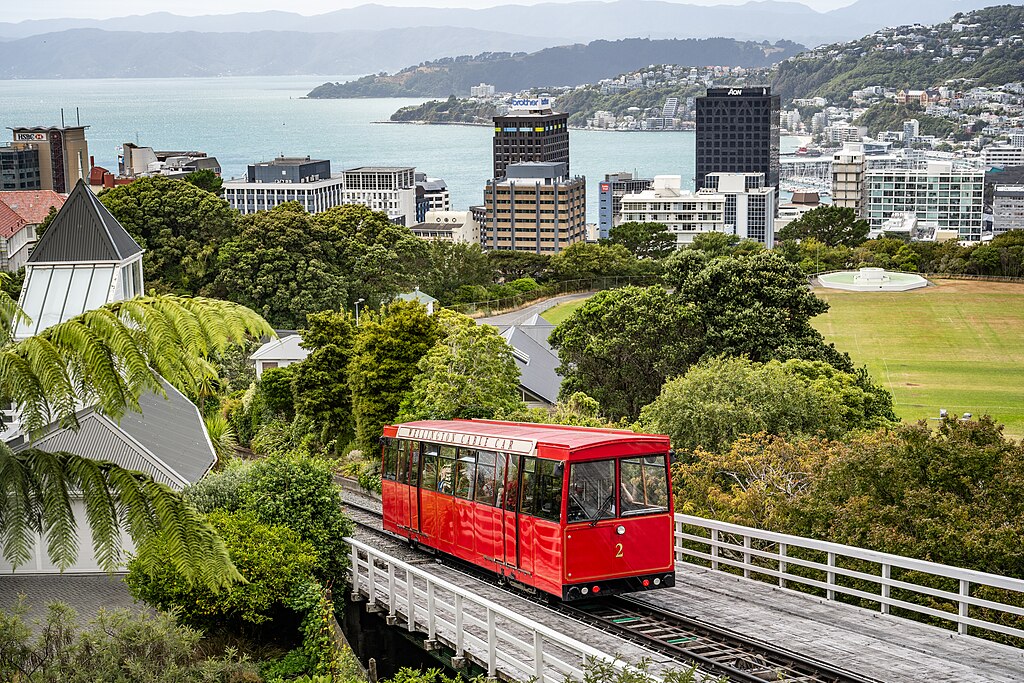 Takeshi Aida, CC BY-SA 2.0, Wikimedia Commons
Takeshi Aida, CC BY-SA 2.0, Wikimedia Commons
Melbourne, Australia
Like many established cities, the transition to a green and sustainable city requires working with the existing infrastructure. What is already there needs to be transformed. This leads to revitalization, a key word in the urban planning of older cities.
Melbourne, Australia
Melbourne’s network of narrow laneways is part of the urban renewal plans. The laneways are transformed into accessible and vibrant public spaces, with art and culture taking the lead. Along with the laneways, mixed-use neighborhoods are also emphasized with housing, business, and leisure combined into walkable spaces.
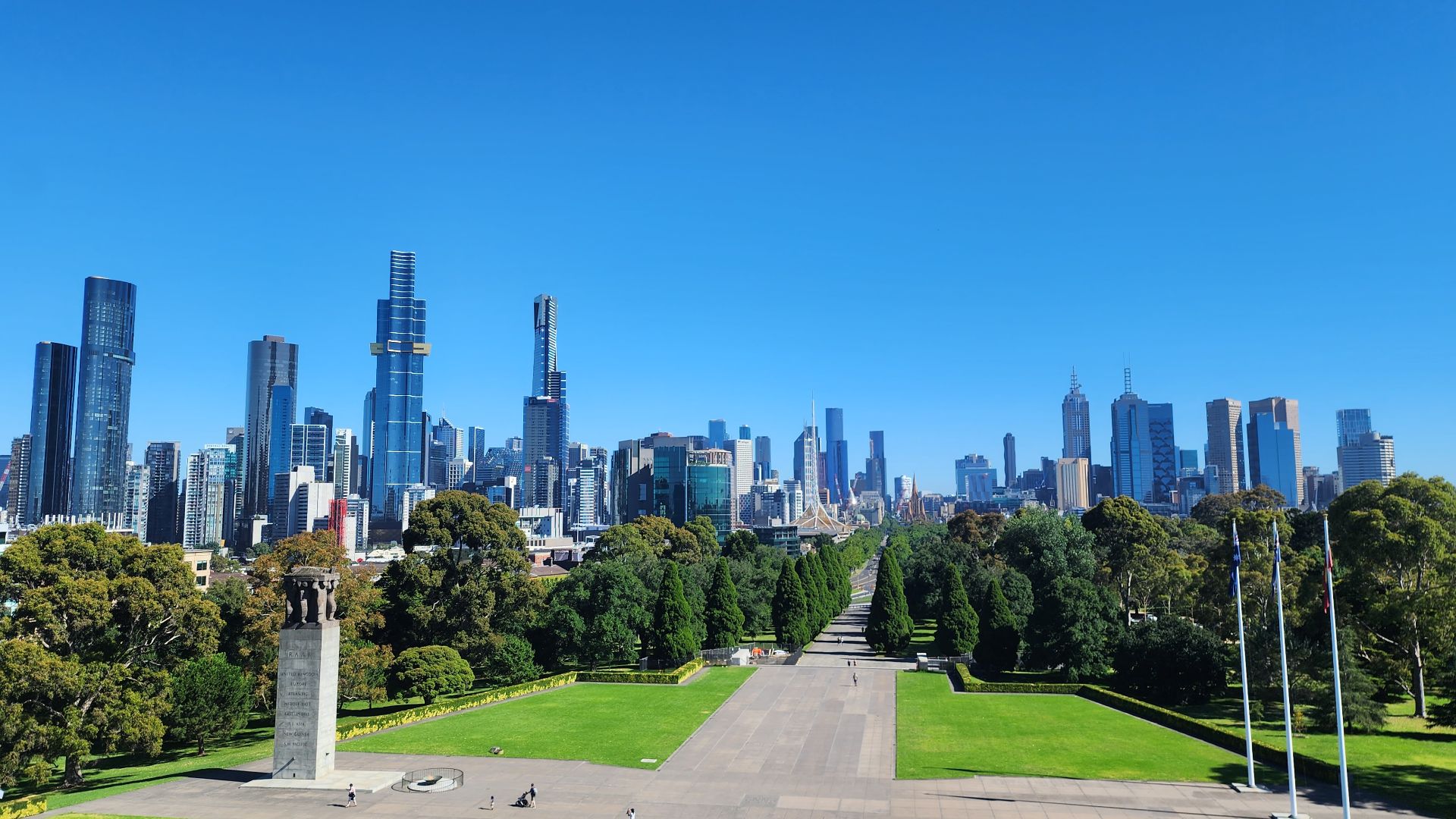 Shkuru Afshar, Wikimedia Commons
Shkuru Afshar, Wikimedia Commons
Melbourne, Australia
A light rail tram system is central to Melbourne’s public transit strategy, creating easy access to all parts of the city. Much of the city now hosts plentiful green spaces woven into the urban fabric. The approach to urbanism is to remain urban, to use what’s already there, and to address environmental needs as the city slowly shifts and changes.
 Melbpal, CC BY-SA 4.0, Wikimedia Commons
Melbpal, CC BY-SA 4.0, Wikimedia Commons
Singapore
This city-state stands out among the cities on this list as it is not part of a country. Singapore has a finite amount of space and over the decades since its independence from Malaysia in 1965, it has developed that limited space into an advanced city with one of the highest standards of living in the world.
Singapore
Singapore’s approach to urbanism is to integrate nature directly into its dense urban infrastructure. Vertical and rooftop gardens are used extensively throughout the city-state. Mixed uses of its limited space are unavoidable, and Singapore blends the residential, commercial, and other public spaces into a remarkably balanced environment.
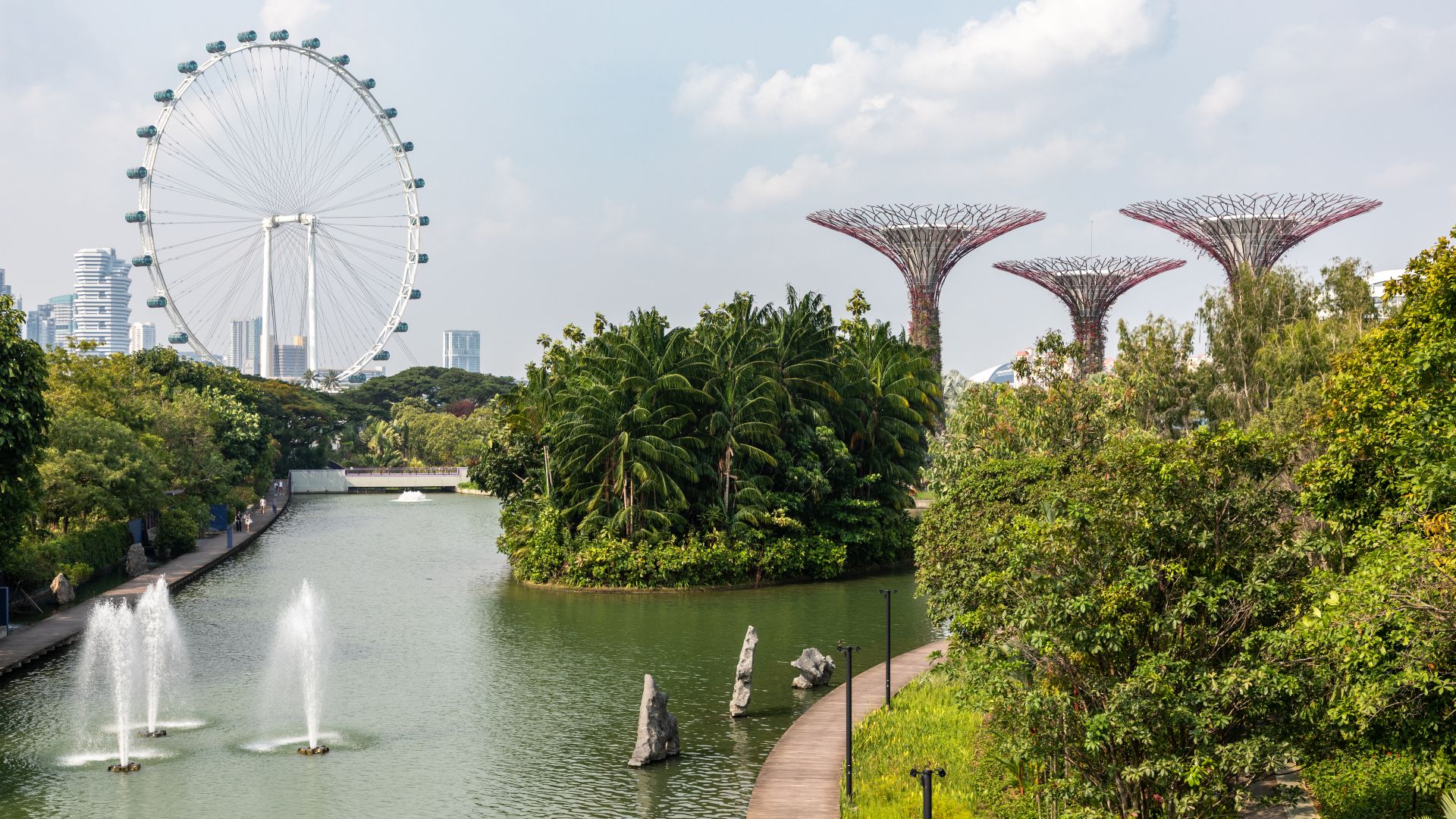 Dietmar Rabich, Wikimedia Commons
Dietmar Rabich, Wikimedia Commons
Singapore
Without a ready supply of fresh water, Singapore works with rainwater collection and its advanced treatment systems maintain the supply of available water while helping to reduce flooding. Less reliance on cars is key to the livability of Singapore, with an efficient public transportation system.
Singapore
With a high population density and no ready supply of fresh water, sustainability is key to creating a livable urban space. The limited natural resources make sustainability and green planning essential. Water management is a vital focus, with innovative rainwater collection and treatment systems helping maintain the supply and reduce flooding.
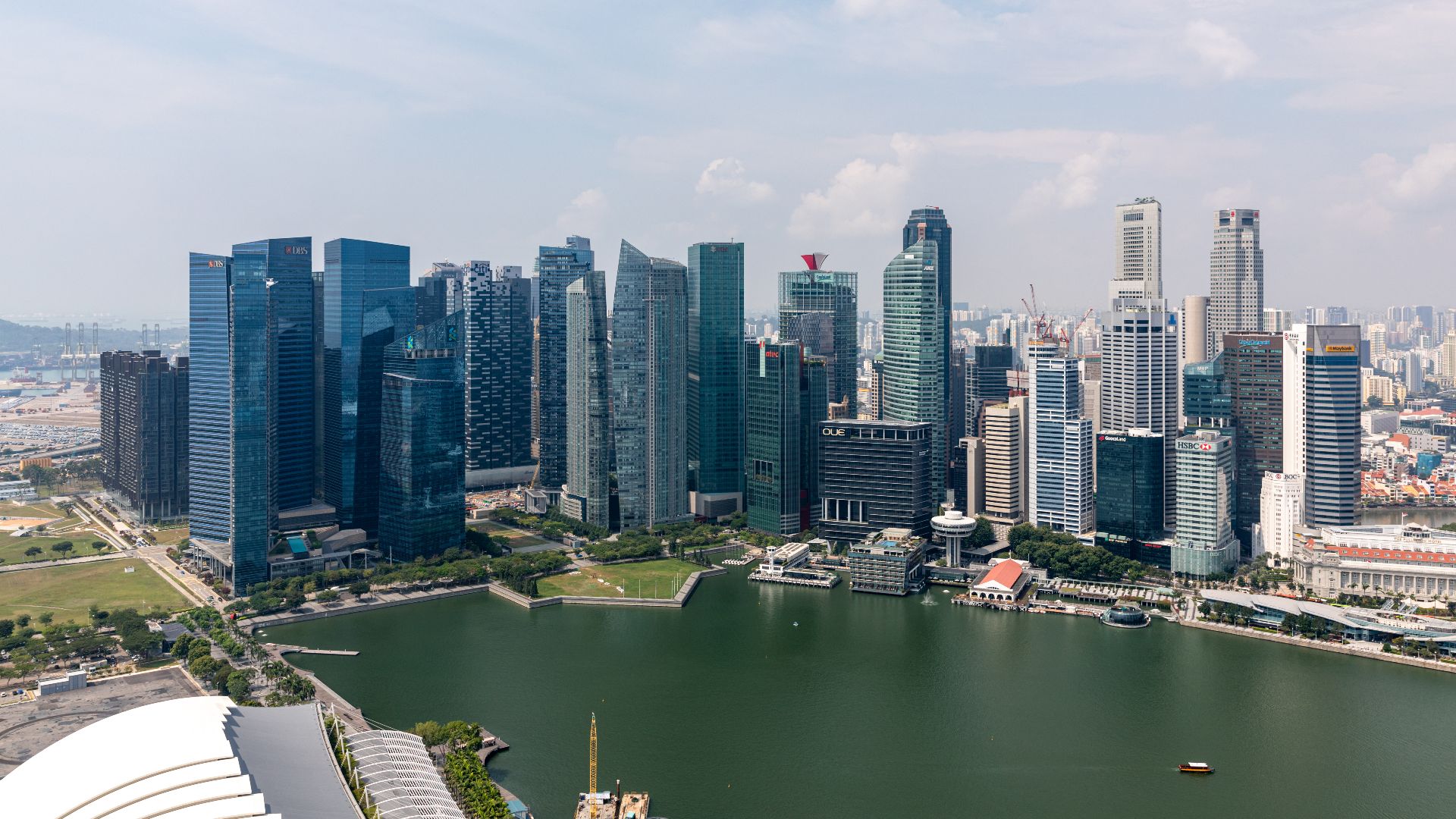 Dietmar Rabich, Wikimedia Commons
Dietmar Rabich, Wikimedia Commons
Singapore
Less reliance on cars is also crucial to the livability of Singapore. Public transportation is efficient and widely used, reducing reliance on private vehicles. The city’s planning emphasizes sustainability, aiming to create a livable environment despite high population density and limited natural resources.
Songdo, South Korea
Songdo, officially called Songdo International Business District, or Songdo IBD, is a planned city that was first completed in 2015. It was constructed as a smart city, where digital technology is used to collect data and operate services for the city. The emphasis is on the integration of technology into city life but with a clear understanding and focus on environmental sustainability.
Songdo, South Korea
Much of the city’s land is reclaimed along the Incheon waterfront and Songdo is part of the Seoul Capital Area. Many of its buildings are LEED-certified spaces. Leadership in Energy and Environmental Design (LEED) is a green building certification program used worldwide for buildings, homes, and city spaces to be environmentally responsible and to use resources efficiently.
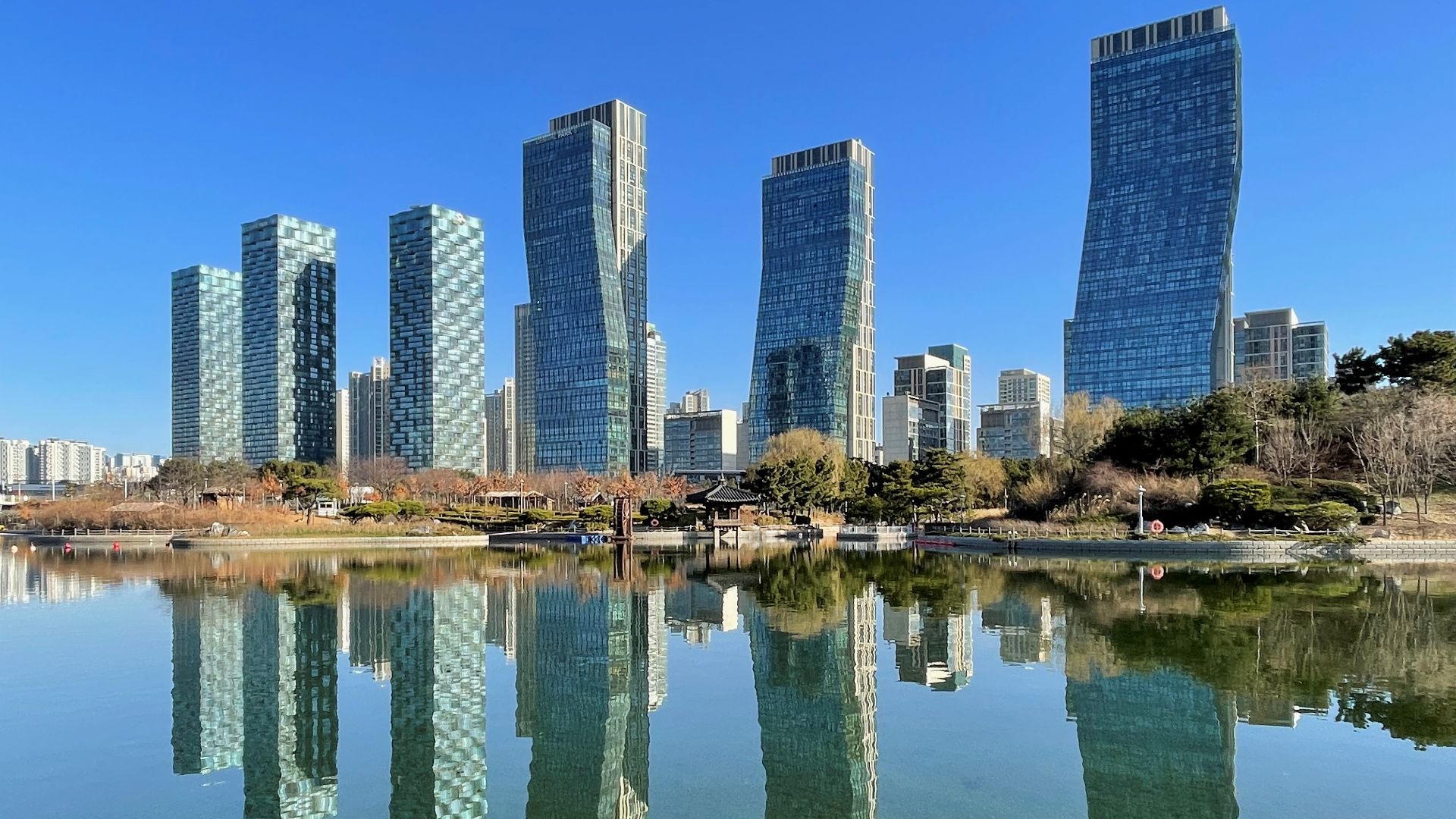 Vincent van Zeijst, Wikimedia Commons
Vincent van Zeijst, Wikimedia Commons
Songdo, South Korea
Songdo’s extensive green areas are designed to blend natural elements with the fabricated environment. Public transportation is emphasized to minimize car use in the city. As a planned city, the emphasis is on responding to the needs of inhabitants—but that's where the city reveals its one major drawback. Despite all the incredible technical amenities, Songdo hasn't drawn in residents like it was expected to. And, even more heartbreaking, all the high-tech features of the city do little to foster actual face-to-face communication, leading many residents to feel incredibly lonely.
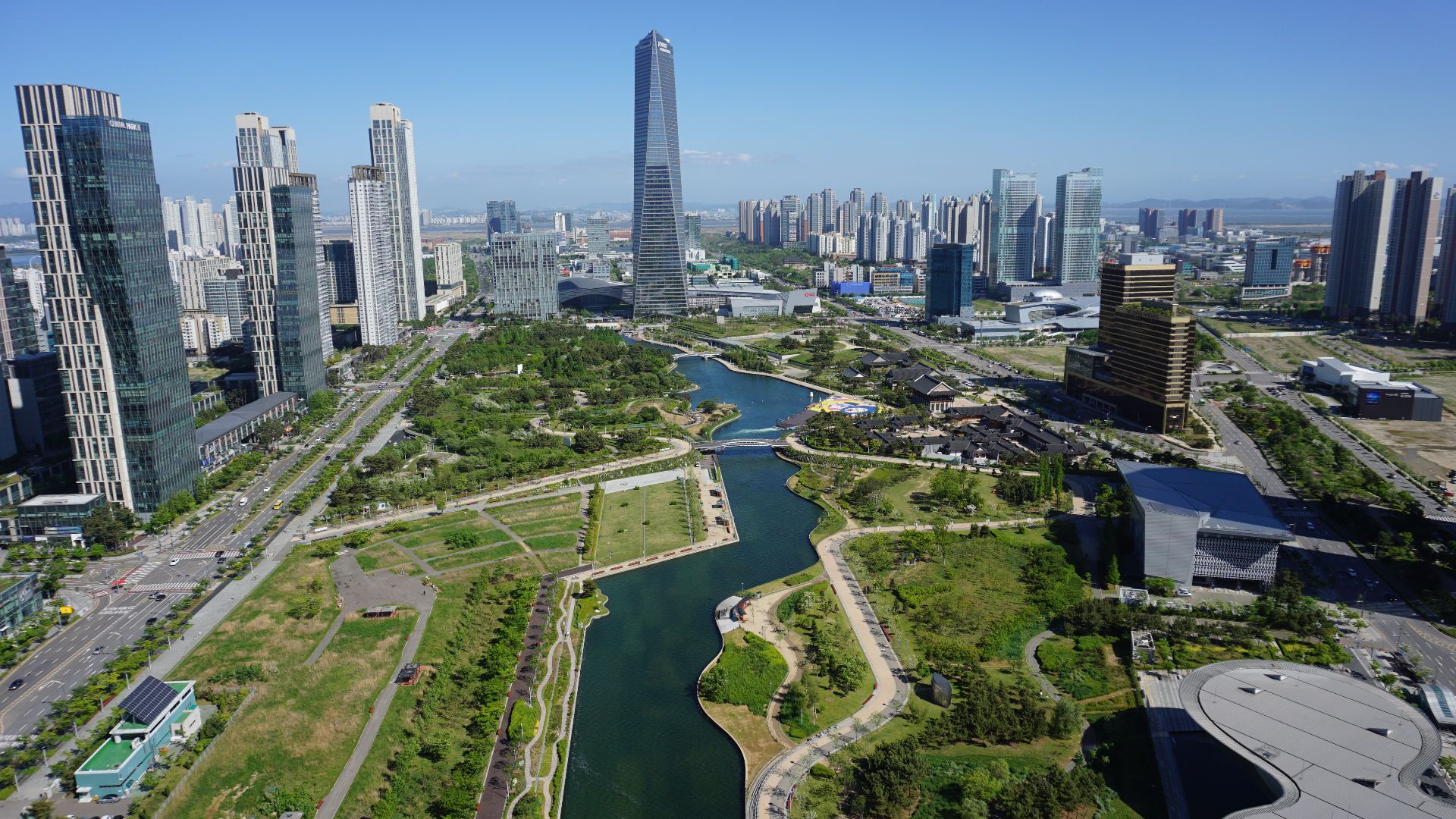 Jaehyuk Lee, Wikimedia Commons
Jaehyuk Lee, Wikimedia Commons
You May Also Like:
These American Cities Are Paying People Thousands Of Dollars To Move There
The Riskiest European Cities According To Crime Statistics

